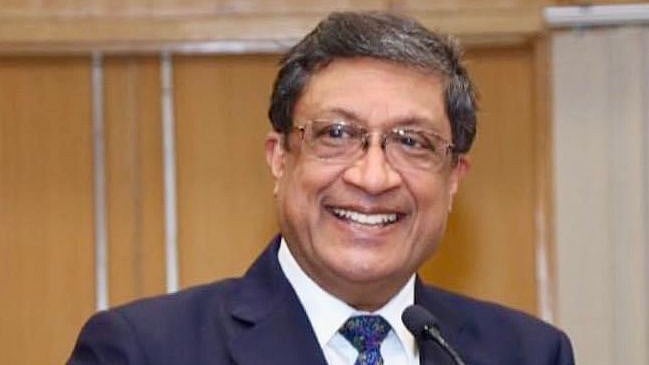
Sanjay Bhattacharyya.
Credit: Special Arrangement
Seeking new opportunities in distant lands, for discovery or in response to local challenges, has been human nature since ancient times. In modern times, migration policy is used as a governance tool to balance labour market requirements as nations pursue economic development, technological advancement and demographic challenges.
The Indian diaspora of 32 million spread over 180 countries is the largest migrant community. 14 million NRIs live overseas as highly skilled professionals, semi-skilled workers and students, while 18 million PIO/OCIs are political, business and community leaders in their adopted countries. Around 2.5 million Indians migrate annually.
Their remittances, $129 billion in 2024, are the highest in the world. India is in a sweet spot as a source country whose professionals and workers are valued globally.
The 21st century has seen growing protectionism and parochialism in destination countries that impede the free movement of migrants. The OECD data reveals migrant stock represents a relatively stable proportion of the local population, annual flows are modest at around 3% and migrants contribute substantially to economic growth.
Yet, unplanned or poorly designed migration policies can lead to labour market imbalances and weak integration of migrant communities.
There is a need for consultation and coordination at bilateral, regional and multilateral levels. The Global Compact on Migration, negotiated between source and destination countries at the United Nations, provides a framework for safe, orderly and regular mobility.
Recognising the propensity of its citizens to seek migration opportunities and the complexity of the global mobility environment, India sought a governance model prioritising safe and legal migration.
It followed a nuanced approach addressing the security and welfare needs of its vulnerable citizens employed in the Gulf region, on the one hand, and better opportunities for highly skilled professionals and students it sends to the West, on the other.
India’s migration and mobility policy emerged from negotiations with key partners and consultations at regional and multilateral levels. A new and progressive Emigration Act, to replace current laws, is necessary.
For vulnerable workers, nurses and seamen, many of whom go to Gulf countries and Southeast Asia, the digitised e-Migrate platform provides transparent and safe mobility. Old labour agreements are being updated for improved working conditions, better compensation for certified skills and integration with migration platforms of GCC countries for transparency. New migration channels have been opened up in East Asia and Israel that provide higher wages and remittance potential. Improving the soft and hard skills of workers, especially for the future of jobs, is an urgent priority.
At the same time, discussions on the Common Agenda on Migration and Mobility with the European Union gave assurance on our priority for safe and legal migration and secured leverage on India-preference for our professionals needed in the West. India entered into new generation Migration and Mobility Partnership Agreements with Germany, France, the UK, Denmark, Austria and Portugal to secure an edge in employment with better mobility conditions for Indian professionals, access to jobs following graduation for students and new opportunities for youth exchange and short-term new era jobs. Similar skill-focused agreements were concluded with Japan, Korea, Taiwan, Israel and Mauritius. Traditional destinations such as the USA, Canada, Australia and New Zealand, which have relatively transparent migration policies based on labour market determination, skills and quotas saw better access through government and corporate interventions.
Today, in many parts of the world there is an India-preference for our highly skilled professionals and workers who are seen as major contributors to a technology and competency-based economy. A dynamic and comprehensive migration policy, aligned with national priorities, is the key to retaining an edge in this era of transformation.
(The writer, a former Secretary at the Ministry of External Affairs, is now a Professor of Diplomatic Practice at Jindal Global University)